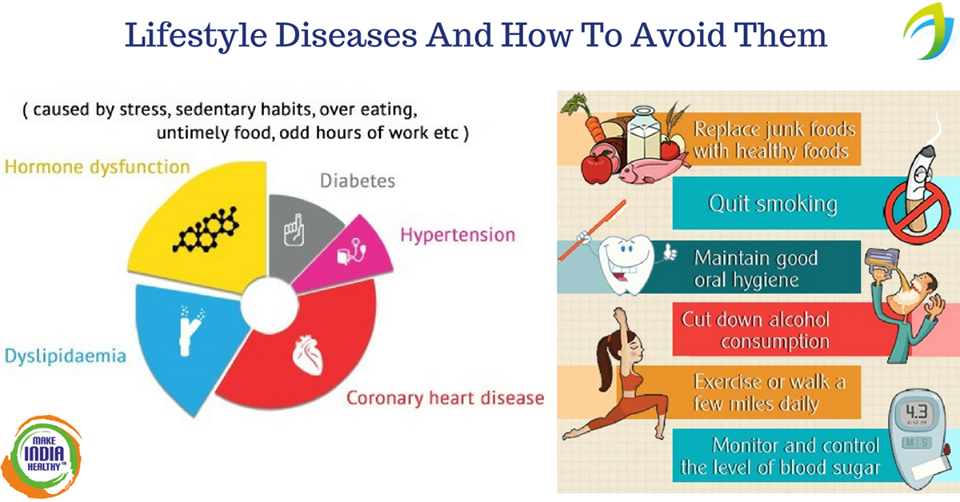
Many state and local governments have developed or are planning programs that prevent obesity. These efforts can promote healthy living and lower the body's fat. Local governments can assist in coordinating these efforts, focusing on the residents' needs. A community fitness center is one example of a local government-led program to prevent obesity. This is an effective way to get children moving and reduce calorie intake. By offering facilities for exercise, a fitness center can help communities stay healthy.
Numerous states have taken actions to combat obesity. One example is that the government could establish a sugar reduction target to consumers. This goal is intended to improve people's health. Similarly, a portion size reduction plan is a good way to reach this goal. This program can also benefit pregnant women or mothers of young children. All ages can reap the benefits of this program, even the elderly. Some people may not realize that these strategies are effective in their local communities.

The federal government has had a long-standing commitment towards nutrition and physical fitness, but obesity prevention has not been given much attention. Since obesity is the number one health indicator for the United States, programs should be targeted to help prevent it. Fit 'n Active Kids and Partnership for a Walkable America are two national initiatives being developed by the President's Council on Physical Fitness and Sports. America on the Move is a program developed by the Partnership for Healthy Eating and Active Living. It aims to prevent adult weight gain through increased physical activity and a decrease in caloric intake.
CDC grants are another way to fund obesity prevention efforts. These grants enable the development of programs for people living with disabilities. The CDC's grant program focuses on chronic disease prevention and local capacity building. It can also play a key role in the development of community demonstrations. In FY 2003, twenty states were provided with grants by the CDC. The possibility exists that additional states could benefit from the expansion of the grant funds at the state level.
There are many public health programs that can be used to prevent obesity. The CDC also grants funding to states, universities, communities, and other organizations that promote healthy eating, exercise, and good health. Its website offers information on grantee programs and funding sources. Important to remember that not all types of obesity can be treated by public health programs. The best programs may not be able to address all causes. They can improve the overall health and well-being of the community by addressing the root causes.

New Jersey's health department has been intensifying its efforts to fight the bulge. To coordinate programs to prevent obesity, the Office of Nutrition and Fitness has been created. The state is the nation's leading state in terms of children and adults. It is crucial that the government invests heavily in nutrition education, as there are so many overweight and obese children. It is vital that the federal government supports its efforts to improve the health of its citizens.
FAQ
How can my blood pressure be controlled?
First, you must determine what is causing high blood pressure. Next, you must determine the cause and take steps to decrease it. This could mean eating less salt, losing some weight, taking medication, and so on.
You also need to make sure you are getting enough exercise. Walking can be a good alternative to regular exercise if time is tight.
Consider joining a gym if your current exercise regimen is not satisfying you. You will probably join a gym where you can meet other people with similar goals. It's easier to stick to an exercise routine when you know someone else is going to see you at the gym.
How to measure body fat?
A Body Fat Analyzer can be used to measure body fat. These devices can be used to measure body fat percentages in people who are trying to lose weight.
How can I get enough vitamins?
You can get most of the daily nutrients you need through your diet. Supplements may be necessary if you are not getting enough of a particular vitamin. A multivitamin can contain all the vitamins that you need. You can also get individual vitamins from your local pharmacy.
If you are concerned about getting enough nutrients, talk to your doctor about what foods contain the best sources of vitamins. You can find vitamins K and E in dark green leafy vegetable such as spinach, kale and turnip leaves, as well a variety of sweet potatoes and sweet potatoes.
Ask your doctor for advice if you are unsure how much vitamin to take. Your medical history and current health will help you determine the best dosage.
What is the problem with BMI?
BMI stands to Body Mass Index. It is a measurement of body weight based on height. This formula calculates BMI.
Weight in kilograms divided with height in meters.
The result is expressed as a number from 0 to 25. A score greater than 18.5 is considered overweight. A score greater than 23 is considered obese.
A person who weighs 100 kg and has a height of 1.75 m will have a BMI of 22.
What is the best food for me?
Many factors influence which diet is best for you. These include your age, gender and weight. Also, consider your energy expenditure, whether you prefer low-calorie food, and whether you enjoy eating fruits or vegetables.
Intermittent fasting might be an option for you if your goal is to lose weight. Intermittent eating means that you only eat specific meals throughout the day. This is in contrast to three large meals. This may be a better option than traditional diets with daily calorie counts.
Intermittent fasting has been shown to improve insulin sensitivity, reduce inflammation and lower the risk of developing diabetes. Research also shows that intermittent fasting may increase fat loss and improve overall physique.
What are the best 10 foods to eat?
These are 10 of the best foods to eat.
-
Avocados
-
Berries
-
Broccoli
-
Cauliflower
-
Eggs
-
Fish
-
Grains
-
Nuts
-
Oats
-
Salmon
Statistics
- WHO recommends reducing saturated fats to less than 10% of total energy intake; reducing trans-fats to less than 1% of total energy intake; and replacing both saturated fats and trans-fats to unsaturated fats. (who.int)
- WHO recommends consuming less than 5% of total energy intake for additional health benefits. (who.int)
- In both adults and children, the intake of free sugars should be reduced to less than 10% of total energy intake. (who.int)
- According to the 2020 Dietary Guidelines for Americans, a balanced diet high in fruits and vegetables, lean protein, low-fat dairy and whole grains is needed for optimal energy. (mayoclinichealthsystem.org)
External Links
How To
What does "vitamin" actually mean?
Vitamins can be described as organic compounds found in food. Vitamins aid us in absorbing nutrients from the food we eat. Vitamins are not made by the body, so they must be obtained through food.
There are two types vitamins: water soluble or fat soluble. Water-soluble vitamins dissolve easily when they are dissolved in water. Vitamin C,B1(thiamine), B2 (2riboflavin), and B3 (3niacin), as well as vitamin C,B1, B2 (riboflavin), and B3 (niacin), vitamin B6 (pyridoxine), vitamin folic acid (biotin), pantothenic, and choline are examples. The liver and fat soluble vitamins are stored within the liver and in fatty tissue. Vitamin D, E, K and A are some examples.
Vitamins can be classified by their biological activity. There are eight major groups of vitamins:
-
A - essential for normal growth and maintenance of health.
-
C – essential for proper nerve function.
-
D – Essential for healthy teeth, bones and joints
-
E - Required for good vision & reproduction
-
K - Required for healthy nerves and muscles.
-
P - essential for strong bones, teeth and tendons
-
Q - aids digestion and absorption of iron.
-
R - Required for red blood cell production
The recommended daily allowance (RDA) of vitamins varies depending on age, gender, and physical condition. The U.S. Food and Drug Administration has established the RDA values.
For adults 19 years and over, the RDA of vitamin A is 400mg per day. Pregnant mothers need 600 micrograms per days because it is vital for the development and growth of their baby. Children ages 1-8 require 900 micrograms per day. Babies under one-year old require 700 mg per day. Between 9 and 12 years of age, however, this drops to 500 mg per day.
Children aged 1-18 years need 800 micrograms daily, while children overweight require 1000 micrograms per days. Children who are severely obese or underweight will need 1200 micrograms each day.
2200 mg of vitamin A per day is required for children aged 4-8 who have been diagnosed by anemia.
2000 micrograms per person is necessary for general health. Because of their higher nutrient needs, women who are pregnant or nursing need 3000 mg per day.
Adults over 70 years of age need 1500 micrograms per day since they lose about 10% of their muscle mass each decade.
Women who have been pregnant or are lactating require more than the RDA. Pregnant and breastfeeding women require 4000 micrograms each day during pregnancy and 2500 Micrograms each day after delivery. Breastfeeding mothers require 5000 micrograms daily when breast milk production is occurring.